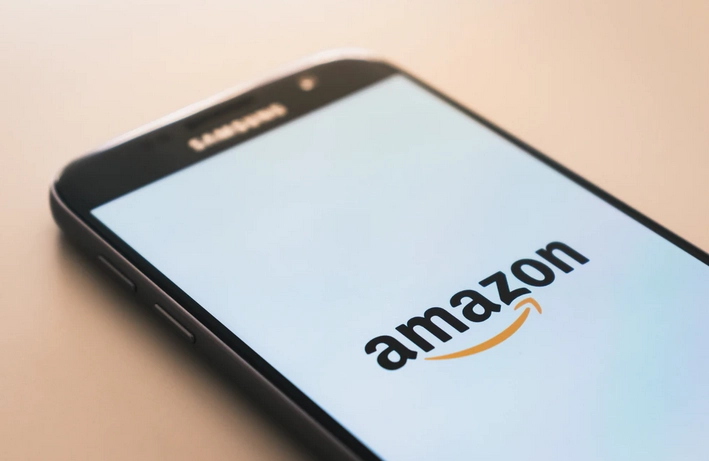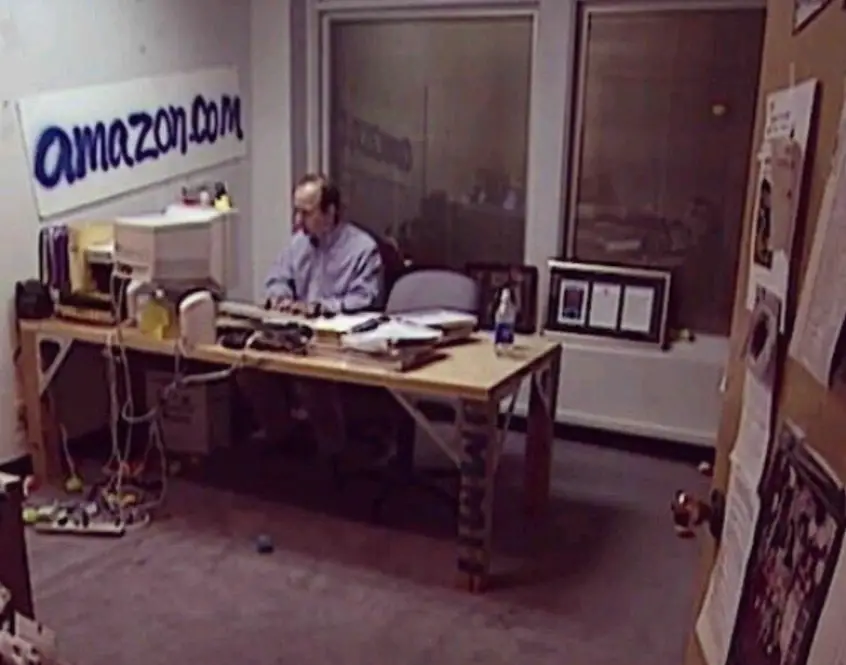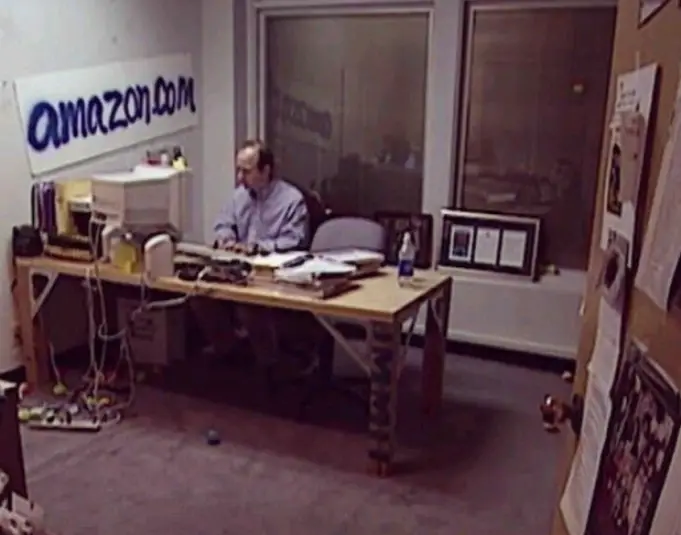Jeff Bezos continues to see his net worth rise and rise. But how did a man born in Alburquerque, New Mexico, go on to become the richest man in the world?
In this article, we look at Bezos’ long journey to the top, which has involved several shrewd business dealings, risks, luck, and a whole lot more.
Best-known for founding online marketplace Amazon, Bezos has diversified in recent years to news media, on-demand video, media storage, and even a voyage into space.
Early Career
In 1986, a 22-year old Jeff Bezos graduated from Princeton University with a Bachelor of Science in Electrical Engineering and Computer Science.
Over the next 8 years, Bezos went from job-to-job, working in a range of fields from Computer Science to banking. He left a lucrative role as a Hedge Fund Manager to pursue what would later become Amazon.
In 1994, during a cross-country drive across the United States, Bezos fine-tuned his business plan. In the process, a revolution began.
Amazon
A key point in Amazon’s history came in the form of a US Supreme Court ruling which altered the rules around tax for mail order companies in 1994. If a business did not have a physical presence in that state, many taxes would no longer apply to them.
Bezos took advantage of this, and founded Cadabra Inc in 1994. Bezos was the recipient of $300,000, which his parents invested in his business. This helped enormously in dealing with the start-up costs associated with such a project.
At first, Bezos set up in his garage. Early on, the business changed its name from Cadabra to Amazon. This was due to Bezos’ lawyer mishearing Cadabra for “cadaver”, which raised negative connotations that Bezos wished to avoid.
While we could go into detail about Amazon’s history, their rise to prominence has been told so many times. Instead, we just focus on a brief history of the brand.
Amazon started with books, with Bezos using his relationship with a wholesaler to buy in bulk, which lowered the costs and increased profit margins when they were sold to consumers.
While physical shops only had limited shelf space, the nature of Amazon meant that they had infinite stock. Within just 2 months of launching, Amazon had sold products to customers in almost 50 countries, and every single state in the United States!
Amazon operated with razor-thin profit margins, and due to the costs associated with running the business and its website, they weren’t actually able to post a profit for the first few years of trading.
Despite this, investors clearly thought there was plenty of potential. The next major milestone came in 1997, when Amazon were able to secure an Initial Public Offering (IPO).
Unlike multiple companies, Amazon survived the infamous dot-com bubble burst of the earliest 21st century. Then, in 2001, they posted a profit for the first time. The rest, as they say, is history.
Consolidation
Over the next decade, Amazon went from strength-to-strength. They eventually became the go-to brand for everyday items on the internet, as they diversified from books to a range of other products.
Their logo, which has the hidden meaning of the arrow pointing from A-Z, has the implication that Amazon literally offers everything. Bezos was key throughout these years of rapid growth.
Other Ventures
While Amazon has been Bezos’ main focus, he has made several other ventures and acquisitions. For example, as early as 2000, Bezos’ interest in space resulted in the founding of Blue Origin.
Blue Origin manufactured aerospace elements and parts, proving another success. Bezos had a long-term ambition to make it into space. This was achieved in 2021, when Bezos was one of four crew members on the NS-16. Bezos’ brother Mark accompanied him, along with two others.
Other ventures have come under the Amazon brand. They have moved into streaming (Prime Video), cloud infrastructure (Amazon Web Services), tablet devices (Amazon fire), music streaming (Amazon Music), and electrical personal assistants (Alexa).
Moreover, Amazon have even launched in the food market (Amazon Fresh and Amazon Pantry). The latter was in part aided by Amazon’s investment in Whole Foods.
Bezos has not totally deserted books – the product that first gave Amazon its lift-off. Amazon Kindle has led to e-readers, an increase in electronic books and improved access for users to a range of books.
In 2013, Bezos purchased The Washington Post, and has attempted to revive what was a rather faltering brand. By 2016, the Post had become profitable for the first time since Bezos’ purchase.
Bezos also owns stakes in a range of companies, which falls into his venture capital firm – Bezos Expeditions. Among the companies he has shares in include Google, Airbnb, Nextdoor and Workday.

Criticism
Bezos has been roundly criticised for many areas associated with Amazon. This includes supposed tax avoidance schemes in multiple countries, the use of offshore accounts, and potentially driving millions of businesses to bankruptcy due to Amazon’s low prices.
Working conditions has been a constant source of criticism. Low wages for his Amazon workforce has been frequently cited as being unfair. There have been numerous employee strikes as well.
The majority of Amazon’s delivery drivers actually operate as self-employed, making Amazon irresponsible for anything that happens to them, while they do not receive annual leave like contracted employees do.
Due to Amazon’s size, there have also been times when Nazi memorabilia, counterfeit goods, low-quality products and at worst, dangerous products that have caused significant injuries to many people.
Aside from Amazon, the Washington Post, like most American media outlets, has been accused of being biased by promoting left-wing causes.
The collection of personal data has also been a concern. This includes concerns over Bezos’ Rekognition brand. This data has powerful potential to it, and there have been concerns as to what is done with it.
The Takeaway
While not everyone agrees with Bezos’ business practices, there is no doubting his incredible achievements, and the impact he has had on the world.
Bezos has also proven to be philanthropic, having made commitments to helping the environment, education, and programmes for the less fortunate.
The story of Bezos is inspiring. While his beginnings may not be described as “humble”, he still had to come a long way. As his first office below shows, he’s come a long way!

Where Bezos will go in the future remains to be seen. The chances are that his businesses will continue to grow. As the above picture from 1999 shows, anything is possible.















































